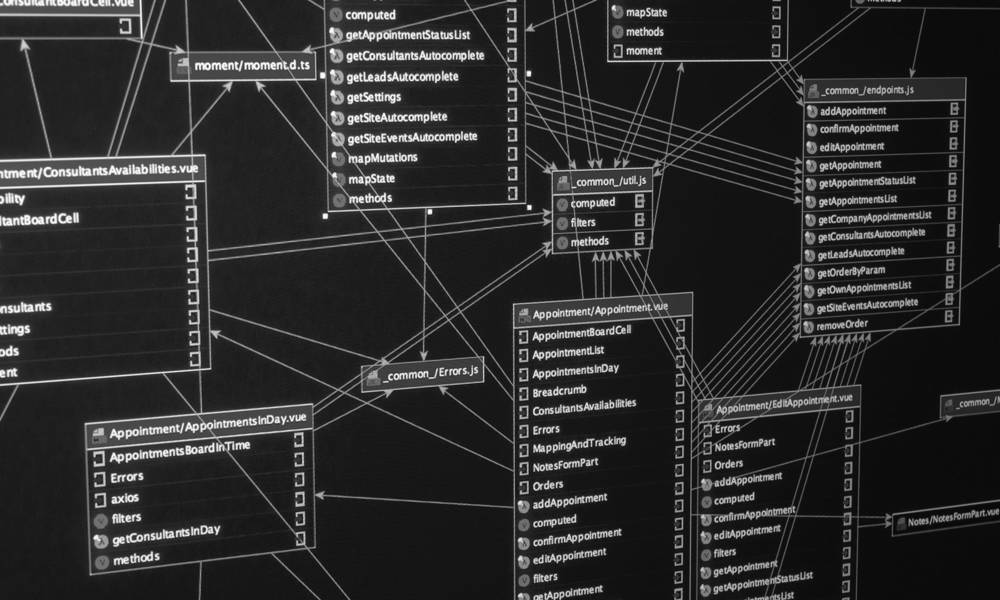"Well begun is half done" is a good guideline for the year-end closing process. And the saying becomes even more relevant with an increasing workload in Finance due to the impact of strategic initiatives, preparations for ESG reporting, a growing number of compliance requirements, preparation of documentation for auditors, a desire to continuously speed up the approval of the annual report, etc. Therefore we have, in this blog post, gathered some considerations that may help your year-end closing get to a flying start.
With only a few months left of the year, it is high time to prepare the annual report to ensure that the process doesn’t present any surprises, that all relevant contributors and decision-makers are involved in due time, and that the completion of the annual report doesn’t drag on, resulting in a risk of organisational stress and of potentially increasing audit costs.
But how do you create the best foundation for a successful annual reporting process?
That’s what this article is about. Thus, we share some considerations on how to create a solid foundation and a good framework for your annual report and – just as importantly – for the continuous internal reporting to management and other users of the financial reporting.
What's on your to-do list?
First of all, we recommend that you get an overview of which tasks to include as a minimum:
- Consideration of the latest accounting requirements in relation to the company's activities and reporting class.
Note the amendment of the Danish financial statements act on target figures for the underrepresented gender as well as the few amendments of the Danish bookkeeping act that entered into force as early as in 2022.
As regards IFRS, only minor amendments have been made to existing standards – except for the new IFRS 17 on insurance contracts (for insurance issuers). - Updating of the annual report template so that it reflects current provisions of relevance to the company's activities.
- Preparation of the management review containing a true and fair account of the company's activities and circumstances – and preferably so that it is in accordance with the company's communication strategy (taking into account the provisions on, i.a., consistency with the financial part of the annual report, neutrality, relevance, etc.).
Remember that information included in the management review forms part of the accounting material and is, thus, subject to, i.a., storage provisions. - Accounting notes on events that are significant or involve significant management judgments and/or estimates, for example because of complicated rules.
It is still relevant to consider including a number of themes – such as inflation, interest rate levels, the Russia/Ukraine conflict, and for some companies also climate-related risks.
To avoid any surprises in the annual reporting process – both in terms of the accounting impact and the timeline – we recommend that you obtain an auditor's confirmation before the year-end closing in case of significant uncertainties. - Follow-up on the auditor's comments and recommendations from last year's audit protocol or management letter.
- Communication with any subsidiaries and/or parent company about the reporting process – both financial and non-financial information included in the annual report.
Due to busyness and scarce human resources in many companies' finance organisations, we also recommend that you take a specific position on your timeline as well as on the roles and responsibilities in the process.
So far, so good. Now we have presented the items that your annual reporting process should cover and are ready to take a closer look at the items making up the foundation of robust financial reporting. And it begins with understanding the company's risks and its control environment.
Understand the company's risks and create a good control environment
The first thing you need to ensure is that you have a thorough understanding of the company's circumstances. This is a prerequisite for identifying any significant risks, including how to unveil these through the implementation of effective controls.
Especially understanding the risks of errors in financial reporting is your basis for ensuring a true and fair annual report as well as – which is often even more important – reliable monthly internal reports.
In a changing world, the design and implementation of internal controls are not a one-time activity. Unfortunately. You must also revisit and update them to ensure alignment with the company's current risk profile and with relevant legislation, where, for example, ESG is an obvious occasion for many companies to expand their control scheme.
Therefore, it is essential that you actively identify the sources of significant errors in financial reporting. It’s possible to relate the risk sources to your company's industry and specific commercial activities, strategic initiatives including investments, ownership and organisation, legal complexity, fraud in the form of either accounting manipulation or misuse of assets (theft), etc.
Based on this assessment, you must design appropriate controls for effective mitigation of new or changed risks or merely adapt existing controls. Adapting controls can, for example, consist in making controls preventive rather than detective or automatic rather than manual, but the adaptation may also be motivated by efficiency considerations if, for example, the execution is placed centrally or in a more appropriate department as regards human resources, etc.
You can also improve the work environment in Finance through automation of repetitive and manual processes. Thus, you can both minimise the risk of errors and release time and thinking power for controlling non-routine transactions involving significant accounting estimates and, consequently, a greater inherent risk.
In addition, we recommend that you prepare clear process and role descriptions in Finance to ensure that workflows are standardised, that important knowledge is available throughout the organisation, and that decision-making processes are efficient.
Get the framework in place
The next thing to consider is the accounting manual, which in brief defines how you as a company apply the adopted accounting practice – taking into account, for example, materiality levels, use of the chart of accounts, etc. for the sake of consistency and compliance with the law. Having clear rules, Finance can work more efficiently, just as the risk of errors is reduced.
The design of the accounting manual should – like your company's internal controls – to some extent be based on a risk assessment, ensuring that focus is where the company's activities or complicated accounting rules result in significant uncertainty about correct processing. When designing the accounting manual, it is important to keep the users in mind, including their competence level within, for example, IFRS or the Danish financial statements act, so that, for example, users outside Finance can be effectively guided about the management of, for example, R&D or IT projects, allocation of costs, etc.
Just as is the case with the control environment, your motto here should be: revisit, assess whether something has changed, and update.
The first stop on this journey is to investigate whether you need to adjust something due to amended accounting requirements, including whether the interpretation base of IFRS has changed, though your accounts are prepared according to the Danish financial statements act. Though the Danish financial statements act is rarely amended, it is continuously harmonised with IFRS amendments. This enables your company to align its accounting practice for the annual report with that of, for example, foreign group companies, thus avoiding duplication of processes and recordings.
Subsequently, we recommend that you review the policies that support the requirements for the management review, including the definition of target figures, guidance on data capture, accounting system, etc. Significant amendments have been made of the Danish bookkeeping act, and for some companies this will entail extensive workloads.
Last but not least, we recommend that you operationalise the descriptions to ensure that they are implemented in the organisation and to minimise the risk of incorrect processing of transactions. This could, for example, be in the form of descriptions of how to use the company's ERP system or chart of accounts.
A final product that is spot on
Now we have reached the actual preparation of your final product – namely the annual report. The first item on your to-do list is the preparation of your annual report documentation, including, i.a., impairment tests and other accounting estimates (note the auditors' special documentation requirements according to standard on auditing ISA 540) and other factors of uncertainty, processing of business transactions, fair value adjustments, consideration of 'going concern' risk (which may include cash-flow forecasts and assessment of loan covenants), etc.
As the last item on the to-do list, we recommend that you consider your upcoming advance tax payment in November. If reality has developed differently than expected, it may be relevant to update the estimate for your full-year income to avoid additional tax interest or optimise your cash-flow. In this connection, you should remember to inform the Danish Tax Agency (SKAT).
Well begun is half done
Now, we have presented you with the areas: the control environment, the accounting manual, your to-dos in connection with the year-end closing, and advance tax payment as the last items to be considered.
The success criterion for your year-end closing is that it doesn’t present any surprises, and you can support this process by means of, for example, a hard-close month-end closing per October or November – in addition to the above-mentioned.
This ensures that your company doesn’t postpone clarification of the most significant uncertainties until the year-end closing beginning in January, and that the rather heavy tasks are performed earlier, thereby releasing resources for preparing the annual report, the annual audit, etc. – just as it also makes you less vulnerable in case of resignations, illness, organisational restructurings, etc.
We hope that our considerations can help your year-end closing process to a flying start and – not least – that they can help you remove any surprising or unpleasant bumps from the road.

Would you like help translating accounting rules into practice?
At Basico, we consider basic excellence a prerequisite for developing Finance for the benefit of the entire company. And we do know that it sounds rather easy. Having said that, we have miles of experience translating accounting rules into practical implementation – whether it's improved accounting processes and controls or the implementation of a structured and documented process for the team's tasks that are desirable.
Likewise, we can help you prepare the annual report whether your company is listed and therefore subject to IFRS or whether it’s a rather small company subject to fewer requirements under the Danish financial statements act. Regardless of the size of your company, we also have consultants specialised in ESG reporting.
So, if you need sparring and want to hear more about how Basico can help your company, please do not hesitate to contact Mikkel Harloff-Helleberg, Partner in CFO Services.

 en
en
 da
da



